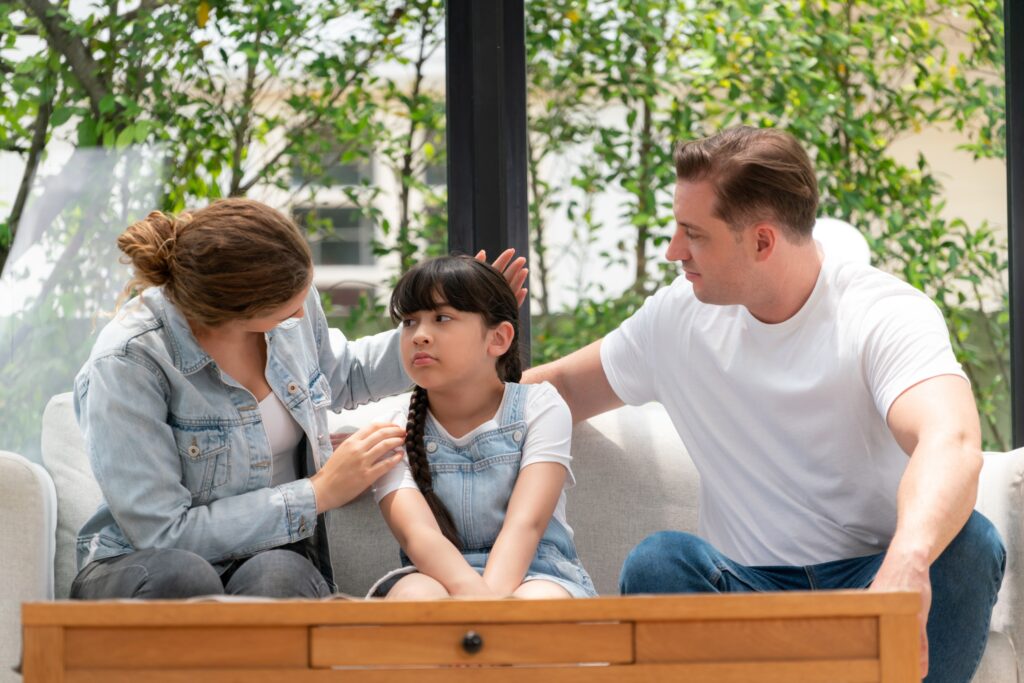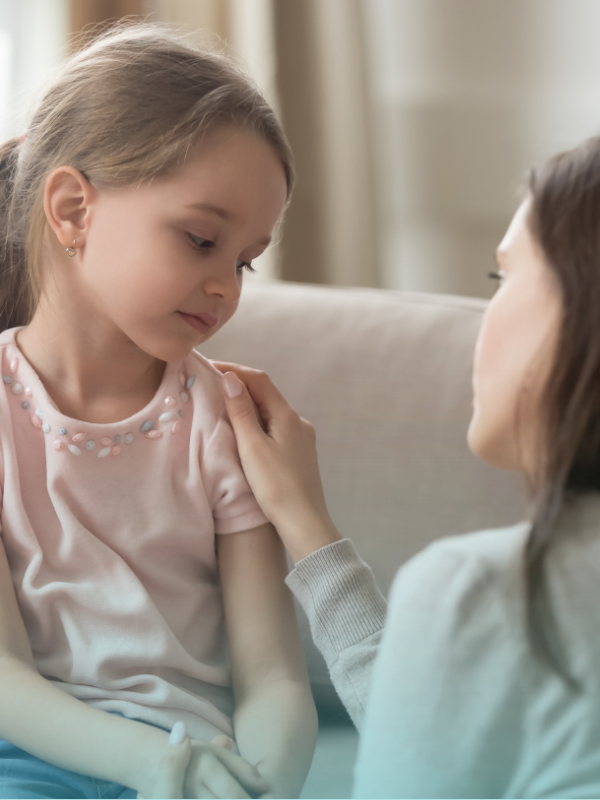Big emotions are part of childhood but that doesn’t make them easy to handle. Many parents wonder how to respond when their child melts down or shuts down. In this blog, we’ll explore what emotional regulation for kids really means and share practical ways you can support your child through those tough moments.
What Is Emotional Regulation, Really?
Emotional regulation isn’t about being calm all the time. It’s about helping kids learn how to pause, understand what they’re feeling, and respond to challenges in healthy ways. Kids aren’t born with this skill – they develop it gradually with support and practice.

According to the Center on the Developing Child at Harvard University (2023), emotional regulation for kids is a key part of executive functioning and plays a major role in how children adapt to stress, routines, and social situations.
How to Tell If Your Child Is Struggling
Every child has bad days. But ongoing signs of struggle may include:
- Big outbursts or frequent mood swings
- Shutting down or withdrawing during frustration
- Trouble calming down after something upsetting
- Strong reactions to minor changes
These behaviors don’t mean your child is “bad.” They’re signals that they need more support with emotional regulation.
Simple Ways to Teach Emotional Regulation
You don’t need a fancy toolkit to help your child regulate emotions. These small, consistent steps can make a big impact:
- Model it out loud: Narrate your own process: “I’m feeling frustrated, so I’m going to take a deep breath.”
- Use visual tools: Feelings charts, emotion cards, or a “calm-down corner” can help kids recognize and express their feelings.
- Teach naming: Help kids name what they’re feeling. “You look sad. Want to talk about it or sit together quietly?”
- Add movement breaks: Jumping jacks, stretching, or even a walk can help release built-up energy and improve mood.
By weaving these into your routine, emotional regulation for kids becomes a natural part of everyday life.
When to Worry—And What to Do
It’s normal for kids to have strong feelings. But if emotional struggles start interfering with daily life—school, friendships, or sleep—it may be time to get more support.
- Talk to your child’s teacher about what they’re seeing in the classroom
- Ask your pediatrician for a behavioral or mental health referral
- Reach out to school counselors or local parenting programs
Early support can make a big difference in helping your child build lifelong coping skills.
Frequently Asked Questions
1. What’s the right age to start teaching emotional regulation?
You can start in toddlerhood. Even young children can learn simple calming strategies like deep breaths, naming feelings, and using comfort objects.
2. What if my child won’t talk about their feelings?
That’s okay. Try using play, drawing, or books to help them explore emotions. Stay consistent and patient – kids open up when they feel safe and supported.
Conclusion
Supporting emotional regulation for kids isn’t about having all the answers. It’s about being present, offering tools, and showing love even on the hard days. Download the Parent Pathways Academy app to explore simple tools and warm, expert guidance you can turn to anytime. You’re not alone in this—and we’ll walk with you through every step of your parenting journey.
References
Center on the Developing Child at Harvard University. (2023). Building Core Capabilities for Life. https://developingchild.harvard.edu/resources/building-core-capabilities-for-life/

